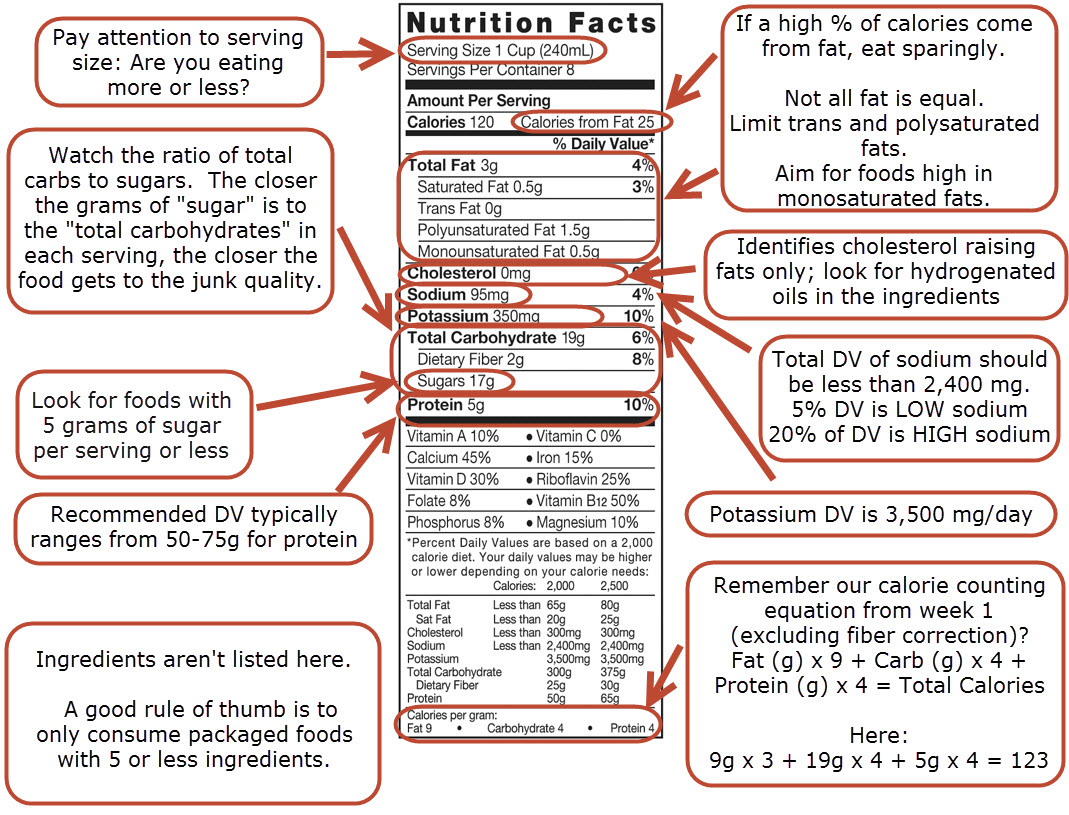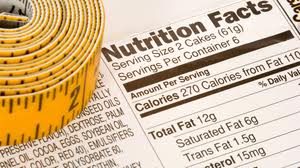A few weeks ago, at the recommendation of a friend, and after viewing her TedTalk, I picked up a copy of Sheryl Sandberg’s Lean In: Women, Work, and the Will to Lead.
I’ll be honest: I was not expecting to like this book. A long time ago, I gave up aspirations of climbing the corporate ladder to the top, instead settling for a work-life balance that supported my outside endeavors and interests, but I found Sheryl’s arguments both compelling and supported by data and I learned that her philosophy on corporate (err… life) engagement is very similar to my own.
Here are a few of my favorite takeaways from the book:
1. Go All In
The way I see it, as a woman, you’ve got three choices:
- Have a family
- Have a career
- Have a family and a career
Seems like a no-brainer, right? The trick, and the thing we all try to avoid telling ourselves, is that all three of these choices involve some level of inherent sacrifice. In fact, “every job will demand some sacrifice.” (Lean In, page 155)
There’s no wrong answer here, but when you make a choice, you need to make sure that you are willing to accept all the sacrifices that go along it.
Make your choice, let go of the guilt, go all in, and don’t look back.
2. It’s a Jungle Gym, Not a Ladder
I realize this may not seem applicable to a lot of people… YET… but for me, I absolutely needed to hear this. Every so often, I start to beat myself up about the career leaps that I’ve made (if you don't know what I'm talking about check out My Story). And I think the jabs from family and friends are even worse than the pressure that I put on myself. Why can’t I just pick one thing and stick with it?
All I needed was to read this:
“Ladders are limiting – people can move up or down, on or off. Jungle gyms offer more creative exploration. There’s only one way to get to the top of a ladder, but there are many ways to get to the top of a jungle gym… The ability to forge a unique path with occasional dips, detours, and even dead ends present a better chance for fulfillment.” (Lean In, pg. 55)
In truth, I’ve learned way more from my job hopping than any one job could teach me in even double the time. I’ve experienced several different industries (environmental consulting, public education, public works, and information technology) – I’ve learned the ins and out of each one and I have a better understanding of the pitfalls and demands placed on workers, which is invaluable when it comes to providing lifestyle coaching to a varied group of professionals.
Along the way, I’ve learned what I’m really good at (learning quickly, teaching, planning, analyzing, etc.), what I really dislike doing (classroom management…), and what my work non-negotiables are. In these respects, I feel leaps and bounds ahead of my peers, even if they might have the best understanding of what it’s like to work for Company Y and Client Z.
3. Make Your Partner a Real Partner
This says it all:
“Whenever a married woman asks me for advice on co-parenting with a husband, I tell her to let him put the diaper on the baby any way he wants as long as he’s doing it himself… Over time, if he does things his way, he’ll find the correct end. But if he’s forced to do things her way, pretty soon she’ll be doing them herself.” (Lean In, pg 109)
I don’t think you need to be a parent to appreciate this sentiment and I’m going to go out on a limb here and say that I’m probably not the only woman who has a habit of telling her significant other what the “best” way to do something is. This has been a good reminder for me that when I need help, domestic or not, I need to give my helper the freedom to do things his (or her) way and remember that sometimes done is better than perfect.
4. Seek Out a Growth Partner – Not a Mentor
If you want someone to “show you the ropes” be willing to give something back.
“Mentorship is often a more reciprocal relationship than it may appear, especially in situations where people are already working at the same company.” (Lean In, page 69)
It doesn’t matter if this person has more career experience or a better title than you, there is still something that you can contribute to the relationship. Seek ways to help first, ways to learn second.
5. Own Your Success
I see it time and time again, and not just at work, but also in personal relationships. Women downplay their accomplishments – whether it’s successfully leading a big project, placing in a triathlon (yes…I have a friend who downplays this!), or losing weight, women are quick to shy away from singing their own praises and REALLY acknowledging their own accomplishments.
“Owning one’s success is key to achieving more success.”(Lean In, page 44)
STOP! Right here, right now, name one thing that you totally knocked out of the park and tell someone about it.
I know there is a lot of criticism about the fact that Sheryl can afford to have “help” to manage her career successfully – if you’re stuck on that, I encourage you to pick up Lean In and read it from YOUR perspective. Based on my Lean In review, this book is not about having money, it’s about establishing your priorities, being honest with yourself about what you want out of your life, and setting yourself on a course to get there.
You don’t have to want a successful career, or a family, or a big fancy house. Accept that you want what you want and Lean In. Are you ready?










